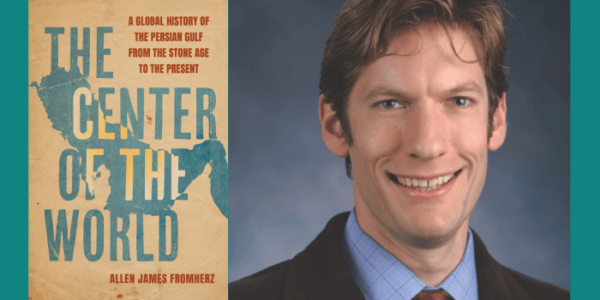About the Book
This sweeping history reorients our understanding of the Middle East, placing the Gulf at the heart of globalized trade and cross-cultural encounters.
World history began in the Persian Gulf. The ancient port cities that dotted its coastlines created the first global seaboard, a place from where faiths and cultures from around the world set sail and made contact. More than a history, The Center of the World shows us that contradictions that define our modern age have always been present.
For over four thousand years, the Gulf—sometimes called the Persian Gulf, sometimes the Arabian Gulf—has been a global crossroads while managing to avoid control by the world’s greatest empires. In its history, we see a world of rapid change, fluctuating centers of trade, a dependency on uncertain global markets, and intense cross-cultural encounters that hold a mirror to the contemporary world. Focusing each chapter on a different port around the Gulf, The Center of the World shows how the people of the Gulf adapted to larger changes in world history, creating a system of free trade, merchant rule, and commerce that continues to define the region today.
World history began in the Persian Gulf. The ancient port cities that dotted its coastlines created the first global seaboard, a place from where faiths and cultures from around the world set sail and made contact. More than a history, The Center of the World shows us that contradictions that define our modern age have always been present.
For over four thousand years, the Gulf—sometimes called the Persian Gulf, sometimes the Arabian Gulf—has been a global crossroads while managing to avoid control by the world’s greatest empires. In its history, we see a world of rapid change, fluctuating centers of trade, a dependency on uncertain global markets, and intense cross-cultural encounters that hold a mirror to the contemporary world. Focusing each chapter on a different port around the Gulf, The Center of the World shows how the people of the Gulf adapted to larger changes in world history, creating a system of free trade, merchant rule, and commerce that continues to define the region today.

